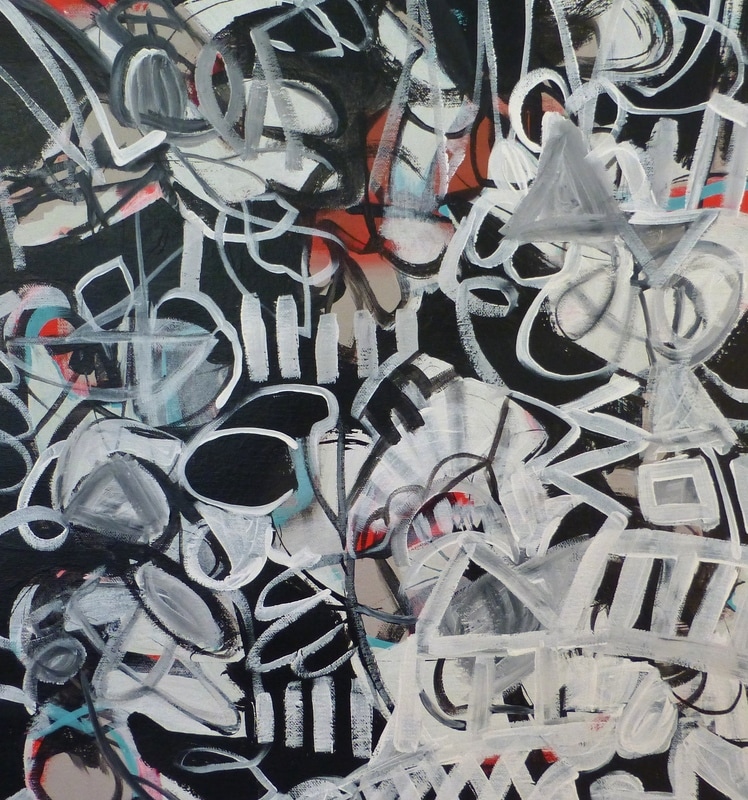|
According to acoustic ecologist Gordon Hempton, quiet is not the absence of sound but the absence of noise. He defines quiet as presence. So what is noise? Because noise is usually a signal of danger, distress, energy inefficiency, or incivility, our primal selves are highly reactive to it. Noise is constant in most human population centers. We cannot flee in terror from every honking horn, rumbling lawnmower, or ear-splitting siren without risk of exhaustion. Noise, then, is the sound we learn to tune out at no small cost to our emotional health.
When we go into the quiet of nature, which is not silent, a deep ability to hear returns. Our listening horizon broadens exquisitely. We hear nearer and farther. Myriad layers of sound flow together, then become distinct - squirrels foraging in leaf litter, wind in gentle concert with leaves and grasses, rain pattering in a swell of tones. Insects hum and chirp from plant to plant. Birds communicate tree to tree in shrill warning and melodic chatter. Frogs call from one pond to the next. A pack of coyotes yip and whine across the miles. We tune in and we hear. As an artist, I'm often asked, "Do you prefer music or quiet to inspire you while you're working?" Thinking about Hempton's definition of quiet, I imagine they are not exclusive. But I'll let you guess which I prefer. Comments are closed.
|
Author
Artist and naturalist Michelle Louis has a vigorous curiosity about the natural world. Her energetic, investment-quality paintings bring balance and harmony Archives
June 2024
©2023 Michelle Louis All rights reserved. Content and images are property of the artist.
Categories
|


 RSS Feed
RSS Feed